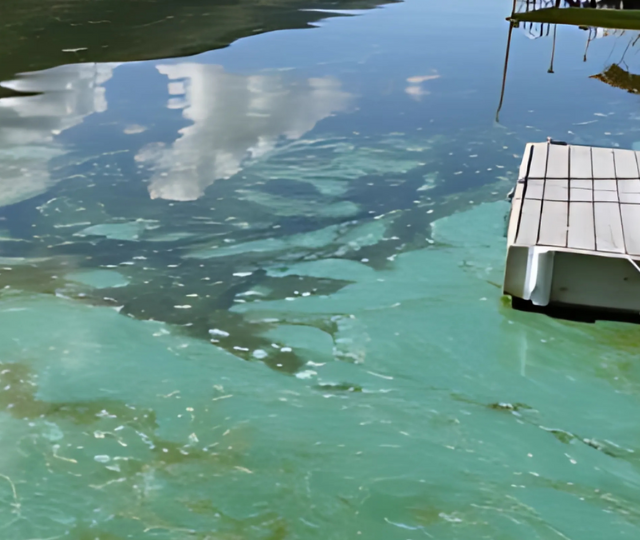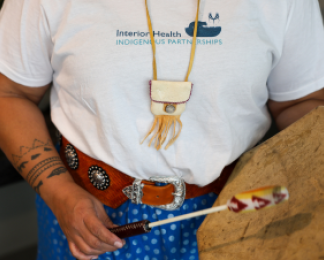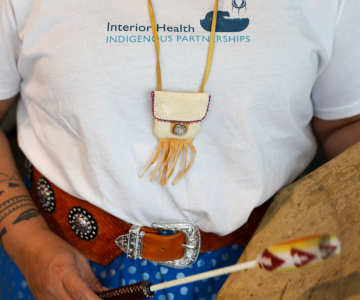Overview of algae blooms
Cyanobacteria, or blue-green algae, commonly grow in shallow, slow or still moving waters, and are a natural part of the aquatic environment. Excessive growth can cause cyanobacteria blooms to form and may cause the water to look or smell bad. Cyanobacteria can also produce toxins called microcystins, which can be poisonous to people, pets or livestock. Always use caution when there is a bloom.
Exposure to these toxins can cause symptoms shortly after contact. Symptoms include:
- Dizziness
- Cramps
- Diarrhea
- Skin rash
- Mouth blisters
If you believe you are experiencing symptoms associated with microcystin exposure, please see your health-care provider.
Learn more about cyanobacteria blooms
BC algae watch
For more information on algae blooms visit Algae Watch - Province of British Columbia
If you see what you suspect to be a cyanobacteria bloom, please submit your photos and observations to BC Algae Watch for identification.
Learn how to submit cyanobacteria bloom photos and observations
Swimming
Beach users can be exposed to cyanobacteria and their toxins by accidentally swallowing contaminated water or through skin contact during recreational activities.
Always use caution if you see or suspect a bloom. Interior Health advises users to:
- Stay out of lakes where cyanobacteria blooms are visible
- Avoid swimming and recreational activities like paddleboarding, waterskiing, canoeing, kayaking or boating which can splash water on your skin
- Avoid all direct contact with the bloom
- If exposure occurs, rinse off with clean water
Beach owners may also test observed algae blooms for microcystins and post advisories when necessary as part of their beach safety plan. Algae blooms are variable and conditions can change. Testing only represents the conditions of the water at the specific time and location the sample was taken. Toxins may still be present elsewhere or develop at a later time.
Why you should avoid water with blue-green algae blooms
Drinking & fishing
Private drinking water is not monitored or regulated by Interior Health. Private water users should be cautious and ensure that strategies and treatments are employed at all times to address all potential hazards in the water supply, including algal toxins.
Private water users should consider using an alternate source for drinking water if the bloom is in your drinking water source. Boiling the water will not remove any toxins. Do not consume drinking water directly from the lake. Never cook, wash dishes or do laundry in water contaminated with blooms. Consider providing pets and livestock with an alternate source of drinking water.
Drinking Water | Environmental & Seasonal Health | IH
For more information about drinking water systems, contact your drinking water supplier.
Eating fish caught from affected waters is an unknown health risk. If you choose to eat the fish, remove all fat, skin, and organs before cooking, because toxins are more likely to collect in these tissues.














